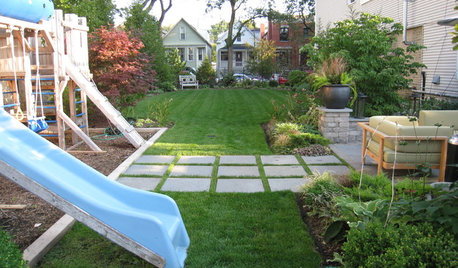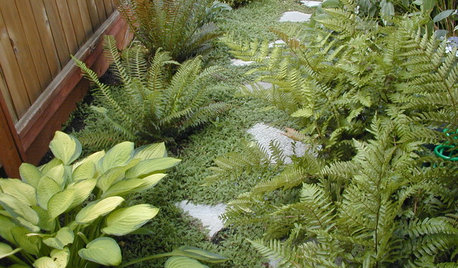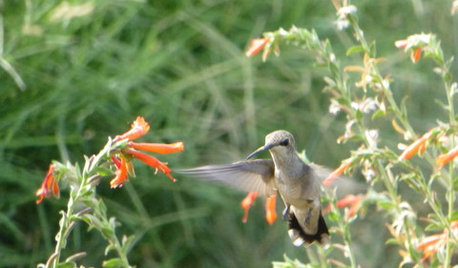Mouse ear/Wild strawberries in lawn?
theyardbird
16 years ago
Related Stories

LANDSCAPE DESIGNGet Along With Less Lawn — Ideas to Save Water and Effort
Ditch the mower and lower your water bill while creating a feast for the eyes with diverse plantings and gathering places
Full Story
LIFE6 Tips for Teaching Your Kids to Be Good Neighbors
Everyone wins when your children learn to respect boundaries, get help when they need it and show others they care
Full Story
SUMMER FRUITS AND VEGETABLESHow to Grow Your Own Fresh, Sweet Corn
Here's how to plant and care for your own mini cornfield
Full Story
LANDSCAPE DESIGN6 Great Ways With Garden Ground Covers
Use them as problem solvers, weed killers, color and texture providers ... ground cover plants have both practical and visual appeal
Full Story
GROUND COVERSGround Force: 10 Top Ground Covers for Your Garden
Protect your soil from weeds and drought this summer with a living mulch of ground covers
Full Story
GARDENING FOR BUTTERFLIESGardening for the Bees, and Why It’s a Good Thing
When you discover how hard bees work for our food supply, you may never garden without them in mind again
Full Story
GARDENING GUIDESWe Bust 4 More Native Plant Myths
Have you been taken in by these fallacies about gardening with native plants?
Full Story
GARDENING GUIDESSweet Serendipity: Opening to Happy Garden Discoveries
Unplanned nature scenes can be unbelievably beautiful; you just need to know how to look
Full Story
EDIBLE GARDENSHow to Grow Your Own Sweet Summer Crops
This guide will help any gardener get started on growing the freshest warm-season veggies and berries for summer
Full Story
GARDENING GUIDESBackyard Birds: Go Owling in October
These stealthy nocturnal hunters fill North American skies with their quiet wings and distinct calls
Full StoryMore Discussions







philes21
morpheuspa (6B/7A, E. PA)
Related Professionals
Barrington Hills Landscape Architects & Landscape Designers · Walnut Landscape Architects & Landscape Designers · Pelham Landscape Contractors · Surprise Landscape Contractors · Arlington Landscape Contractors · Avocado Heights Landscape Contractors · Desert Hot Springs Landscape Contractors · Essex Landscape Contractors · Florham Park Landscape Contractors · Hampton Bays Landscape Contractors · Hawthorne Landscape Contractors · La Vista Landscape Contractors · Mastic Beach Landscape Contractors · Phoenix Swimming Pool Builders · Stanford Swimming Pool BuilderstheyardbirdOriginal Author
philes21
theyardbirdOriginal Author
firstandgoal
morpheuspa (6B/7A, E. PA)
theyardbirdOriginal Author
theyardbirdOriginal Author
firstandgoal
theyardbirdOriginal Author
bpgreen
theyardbirdOriginal Author